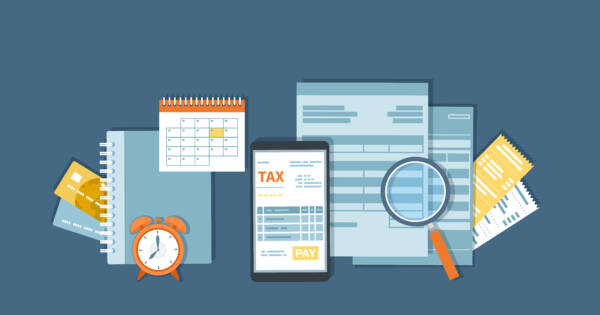When it comes to paying taxes, you need to know what you’re doing. Making a mistake can be costly. Backup withholding is a process where a payer must hold back a portion of the payment to another person, in order to protect the IRS’s share. This usually occurs when you are paying someone who has supplied you with tax information that gets flagged or is obviously incorrect, particularly their Taxpayer Identification Number (TIN).
It’s important to know when you are required to start backup withholding, what kinds of income are subject to it, and when it’s okay to stop. Let us break it down for you.
How to Know if You Should Begin Backup Withholding
Basically, you need to begin backup withholding whenever there is an issue with tax information. It could be in information you were provided or the information that you gave.
Here is an example scenario to demonstrate. Let’s say you are an employer or a small business. You agree to pay a freelancer at least $600 for work they have done for you — such as writing content for your website or a graphic designer creating marketing assets for you. However, when they give you their W9, their TIN either bounces or is obviously wrong.
That means that the IRS has no record of this person, who they will want to collect taxes from. That leaves you on the hook for the difference. You only need to begin backup withholding on future payments after you realize there is an issue. There are some other situations where you must begin backup withholding, but this is the most straightforward example.
On the other side, let’s say you are the freelancer in this example. If you supplied incorrect tax information (hopefully by accident), then the person or business paying you will begin withholding a portion of your payments. As a result, your pay stubs will be looking a little thin until you resolve the issue.
While freelancers typically handle their own taxes, this is one situation where employers will end up needing to withhold some of their pay. At least until the issue with their TIN is sorted out. If you are a small business that works with a freelancer enough that you are required to fill out a 1099-MISC form (meaning you have paid them at least $600 in the last tax year), you must begin backup withholding if there is a problem with the TIN or Social Security Number (SSN) on the W9 they sent you.
Backup Withholding “C” Program
Backup withholding may also be required for other taxpayers, including individuals. This is called “C” backup withholding. It kicks in if you underreported or misreported interest or dividend income on your federal tax return. If that happens to you, you will be to begin backup withholding.
Luckily, you will have plenty of time to correct it. In this situation, you would receive up to four notices over a period of 120 days in order to make the requested corrections. You must only begin backup withholding after the end of that 120 day period, assuming you can’t (or won’t) correct the problem first.
What You Need to Withhold
At the moment, the backup withholding rate is set at 24%. That means you must withhold 24% of the disputed amount or transaction. Please keep in mind that this number can change from tax code to tax code. If you must begin backup withholding, verify the amount that you must hold back by checking with the IRS.
When You Can Cease Backup Withholding
You can cease backup withholding (either as a payee or a payer) when the issue that caused you to begin backup withholding is resolved. In order to get credit for withheld income, you should report it on your 1099 or W2-G form for the year that you received the income.
If you are subject to backup withholding, it’s in your best interests to work to resolve the situation immediately. You certainly want all of your earnings back, but it also creates an additional resource strain for small businesses trying to sort out the problem. Businesses may be less eager to work with someone who provided erroneous information — even by accident. This is especially true if they then refuse to make any effort to correct it. If you are subject to backup withholding, getting out of that situation should become a major priority.
Kinds of Income Subject to Backup Withholding
Here is a small sampling of the kinds of income subject to backup withholding, should there be an issue.
- Payments form interest.
- Income from Dividends.
- Profits or rent.
- Royalties.
- Gambling Winnings.
Kinds of Income Not Subject to Backup Withholding
On the other hand, you will not need to enact backup withholding on all the money you send or receive. Here are some examples of situations where you will not need to worry about it.
- Benefits from long term care.
- Foreclosures.
- Canceled debts.
- Retirement.
- Real estate transactions.
The Bottom Line
They say that there are only two things in life that are inevitable: death and taxes. You can be very sure that the IRS will always want their cut. If things get murky due to a typo or paperwork error, backup withholding is the IRS’s way to cover their end. The easiest way to avoid being subject to backup withholding is to be extra diligent with your paperwork when working as (or working with) a freelancer. Keep your documents organized, tidy, and accurate. If you do that, you’ll be much less likely to be hit with a steep 24% backup withholding.
 Shutterstock
Shutterstock







